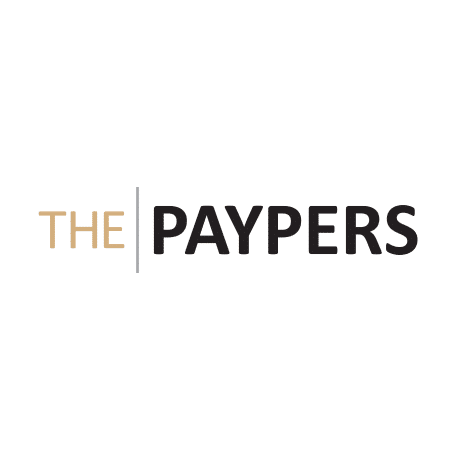Data Residency for AI, Analytics, and Apps
Compliantly operate applications worldwide with data residency, data sovereignty, and cross-border data transfers. Fully complaint from China to Saudi Arabia to Germany.
The turnkey, enterprise-grade solution for data residency
Enterprise Ready
- Two points-of-presence in each country with active-active failover
- SaaS, single-tenant anywhere, AWS Outposts, and sovereign cloud options
- Guaranteed messaging across unpredictable networks
Developer Friendly
- Choice of low-code web service proxy and comprehensive REST APIs
- Deep edge services for large files, analytics, e-mail, and more
- Flexible tokenization, hashing, and masking algorithms
Bank-Grade Security
- Policy-based authorization and fine-grained authorization from apps
- Secure SDLC and operations with active threat monitoring
- Searchable encryption using NIST standards
Global Compliance
- Data loss prevention across borders with data firewall and AI PII detection
- Detailed support for regulatory approval in complex jurisdictions
- Downloadable audit logs track every event
Globalize your app with Data
Residency-as-a-Service™
Add data residency to SaaS, business to consumer, and internal apps with InCountry’s data residency platform. Continue to run a single app worldwide while InCountry handles local web service calls, search, email sending, and more.
Get compliant in China with
Alibaba Cloud InCountry Service
Extend your Salesforce, SaaS apps, and internal apps to Chinese subsidiaries and partners, while Alibaba Cloud InCountry Service ensures that regulated data remains in China and satisfies compliance requirements.
Comprehensive data residency solutions for Salesforce
Run a single global Salesforce org and fully isolate data in countries requiring data residency. Maintain a global view with real-time anonymized syncing from multiple orgs in different countries. Smoothly manage cross-border migrations to new Hyperforce regions.

Securely built for global compliance
InCountry’s data firewall ensures that regulated data remains within a country and only permitted data crosses borders. Our data vault securely and compliantly stores and processes data with auditable logging, provenance, and a variety of tokenization and encryption options. Your apps and identity provider continue to provide authentication and authorization for data held within InCountry.
Recent News

07/11/2023
07/11/2023
"Global AI, local data: How to scale AI globally with data residency considerations"

03/14/2024

